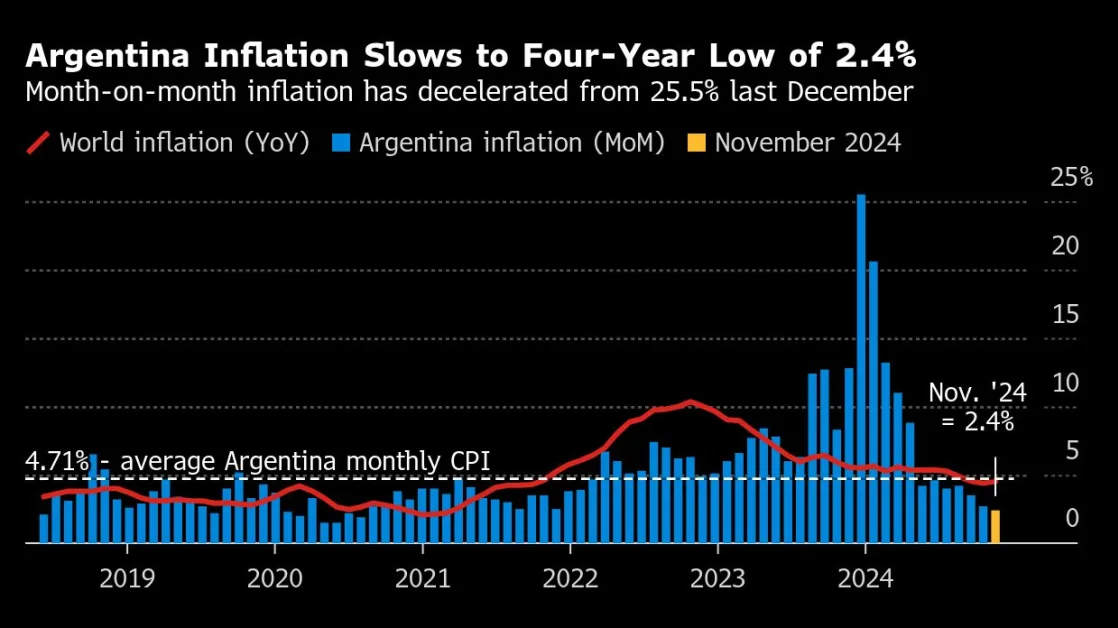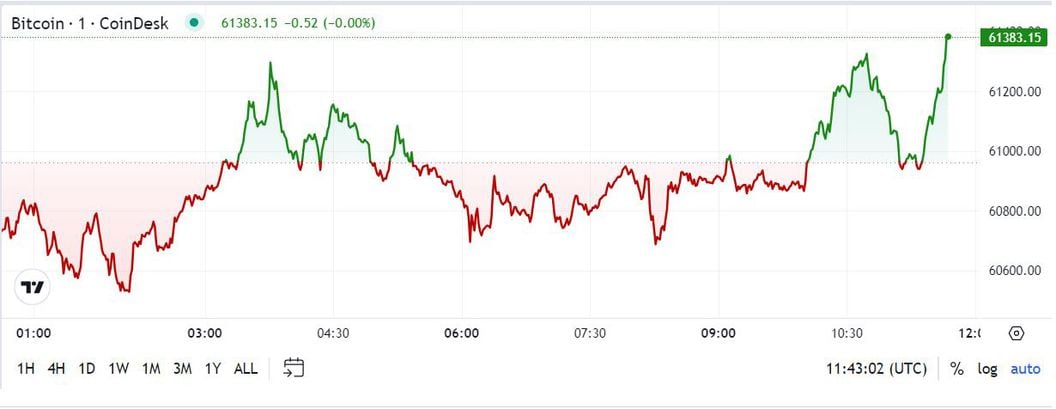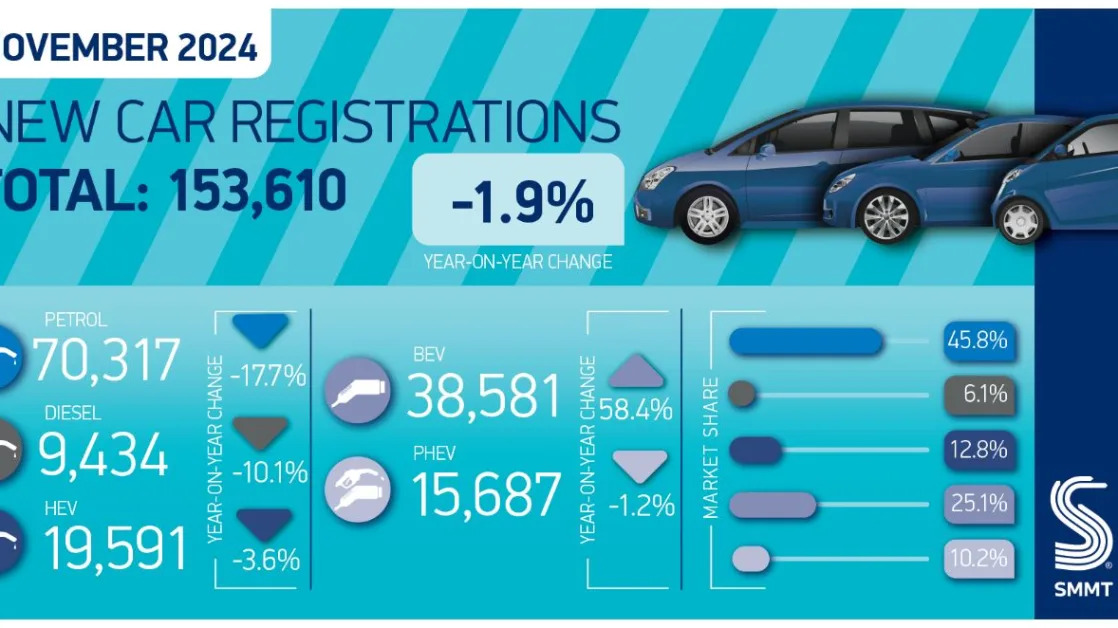(Bloomberg) -- Federal Reserve Governor Michelle Bowman said the central bank should lower interest rates at a “measured” pace, arguing that inflationary risks remain and that the labor market has not shown significant weakening.
“Turning to the risks to achieving our dual mandate, I continue to see greater risks to price stability, especially while the labor market continues to be near estimates of full employment,” Bowman said Tuesday to the Kentucky Bankers Association.
The remarks highlight a contrast between Bowman and other Fed officials who have recently described the risks to achieving the central bank’s two goals — maximum employment and stable inflation — as roughly balanced or leaning toward employment.
Bowman dissented against the central bank’s decision to lower interest rates by a half percentage point last week — instead favoring a smaller move — becoming the first Fed governor to dissent since 2005.
She said Tuesday that her preference for a more “measured” approach as the central bank begins cutting rates reflected several considerations.
“In my view, beginning the rate-cutting cycle with a quarter percentage point move would have better reinforced the strength in economic conditions, while also confidently recognizing progress toward our goals,” she said.
Fed Chair Jerome Powell emphasized the larger cut was designed to preserve the strength of the labor market, dubbing it a recalibration to ensure the central bank does not get behind.
Bowman noted she appreciated Powell directly addressing in the press conference her concerns that the outsize move could unintentionally signal concerns about underlying economic conditions or lead market participants to expect such a pace going forward.
Labor Market
The Fed governor said she was “taking less signal from the recent labor market data until there are clear trends indicating that both spending growth and the labor market have materially weakened.” Bowman said wage growth suggests the labor market remains tight and that temporary factors “likely” contributed to the recent rise in the unemployment rate.
That said, should data indicate a material weakening in the job market, Bowman said she “would support taking action and adjust monetary policy as needed while taking into account our inflation mandate.”
She said core inflation, which strips out the volatile categories of food and energy, remains “uncomfortably” above the Fed’s 2% goal.
“By moving at a measured pace toward a more neutral policy stance, we will be better positioned to achieve further progress in bringing inflation down to our 2% target, while closely watching the evolution of labor market conditions,” she said.
Updated projections showed that while the median official supported another 50 basis points in cuts over their final two meetings this year, policymakers are divided on the path forward: Seven of 19 envisioned only 25 basis points of additional cuts in 2024 and two opposed any further moves this year.
Bowman said Tuesday that her estimate of the neutral policy rate — one that neither boosts nor restricts the economy — is much higher than it was pre-pandemic.
“With a higher estimate of neutral, for any given pace of rate reductions, we would arrive at our destination sooner,” she said.






